Displaced, Un-placed, Re-placed:
Armenian Archives and Archival Imaginaries in the US
Co-author: Anne J. Gilliland
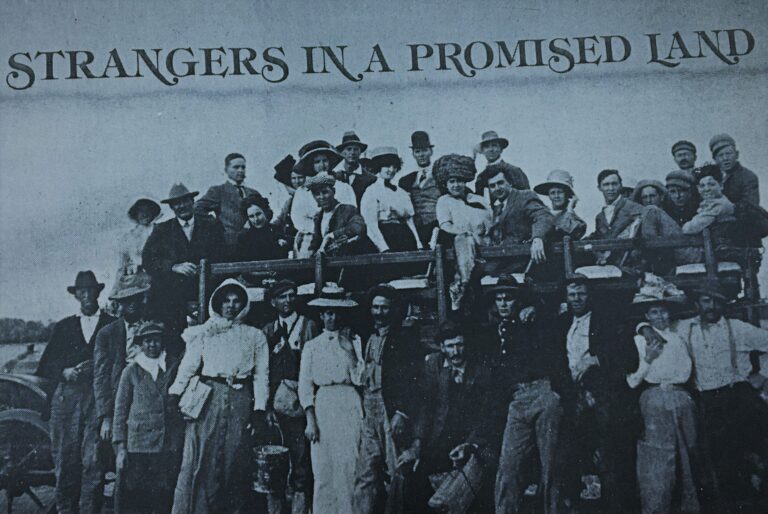
In James Lowry, ed., Displaced Archives Volume 2 (Routledge, 2022).
Speculative Classification: Tracing a Disputed Portrait Between
The Archives of Malvina Hoffman and Sergey Merkurov
2019
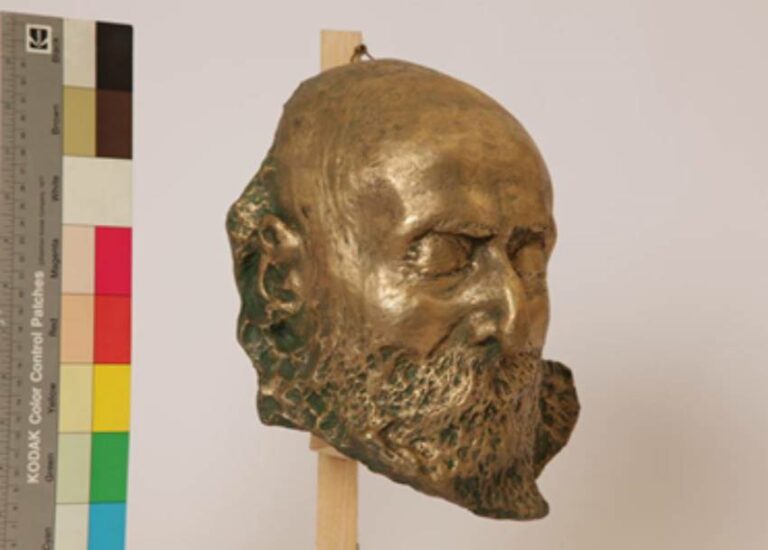
This paper presents a case study that illustrates how porous the bond is between two different epistemological regimes: the emphasis that is placed on visuality in art historical collections, and the act of labeling by the archive. I will touch upon collections representing two sculptors, Malvina Hoffman (1885–1966) and Sergey Merkurov (1881–1952), who both passed through the studio of Auguste Rodin (1840–1917). In this case the slippage is the assigning of an incorrect or at least misleading keyword or ‘tag’ of one portrait in Hoffman’s archives at the Special Collections of the Getty Research Institute. Intended as part of The Races of Mankind project, in the archive the portrait is titled “Armenian Jew.” That initial title, as well as the current archival description and the lineage invoked through the title, have all been left open and in dispute. As such, the unresolved status of this portrait emerges as an anomaly in Hoffman’s archive that tests the limits of her logic of physiognomy and facial character. My research shows that due to this mistag, the portrait has a direct reference to a completely different work of Hoffman. This invites in turn another reading that sees a provocative physiognomic resemblance with Merkurov’s first death mask. Read Full Text.
Hovhannisyan, Marianna. “Speculative classification: Tracing a disputed portrait between the archives of Malvina Hoffman and Sergey Merkurov.” InterActions: UCLA Journal of Education and Information Studies 15, no. 2, 2019.
A Book Review
2018
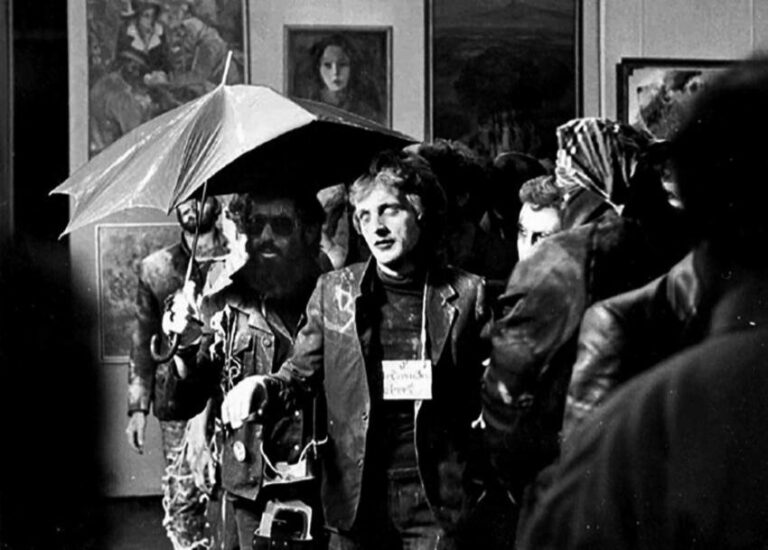
Hovhannisyan, Marianna. “Book Review: Angela Harutyunyan, The Political Aesthetics of the Armenian Avant-Garde: The Journey of the ‘Painterly Real,’ 1987–2004.” FIELD 10 (Spring, 2018).
Empty Fields Exhibition E-pub
2018
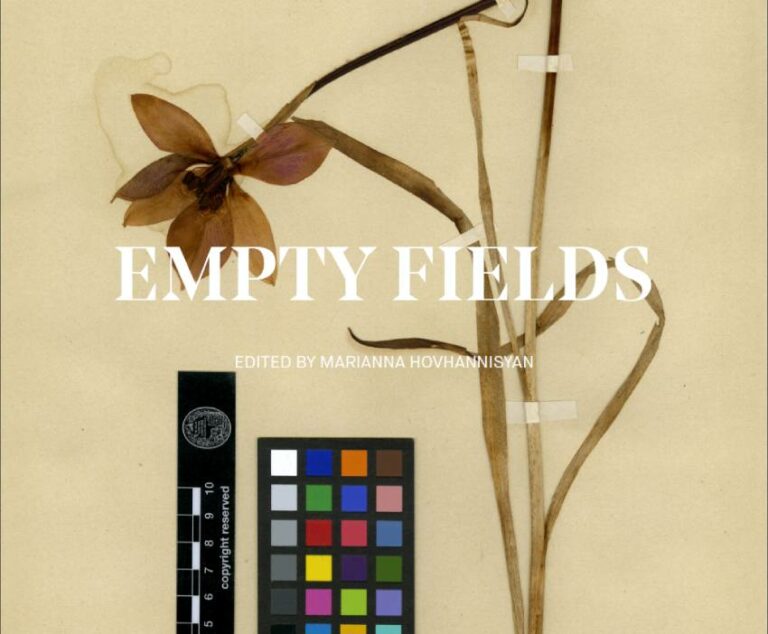
Commissioned authors: Hrach Bayadyan, Beverley Butler, Hans-Lukas Kieser, Özgür Sevgi Göral, Nazan Maksudyan, Armen T. Marsoobian, Marc Nichanian, and Zeynep Türkyılmaz.
On Empty Fields
2016
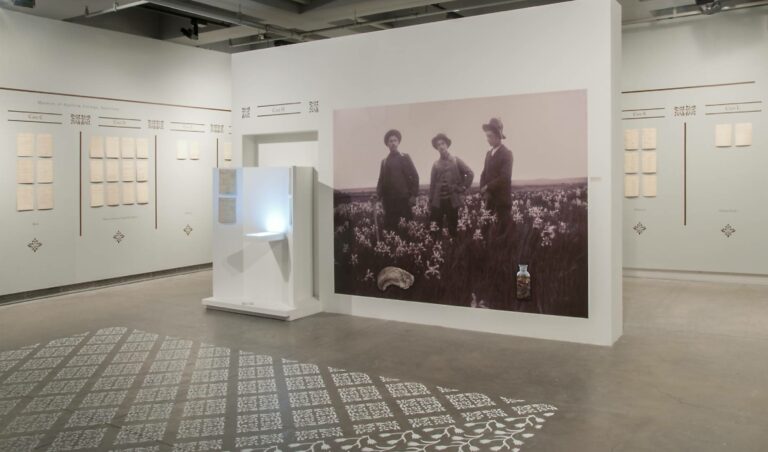
Archive-Practice curatorial project
2008—15
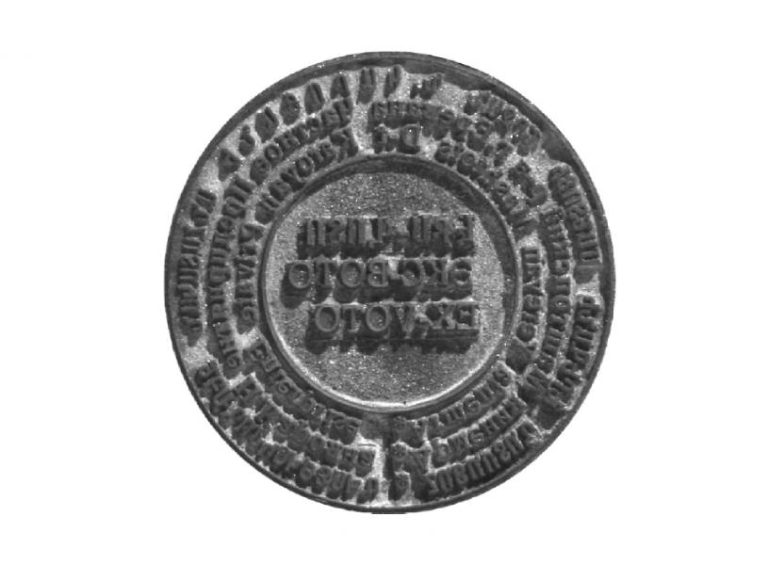
Hovhannisyan, Marianna. “Archive-Practice.” Qalqalah 2 (Winter, 2016).Paris: Bétonsalon – Center for Art and Research Kadist Art Foundation.
Dog Ta(i)les
2014
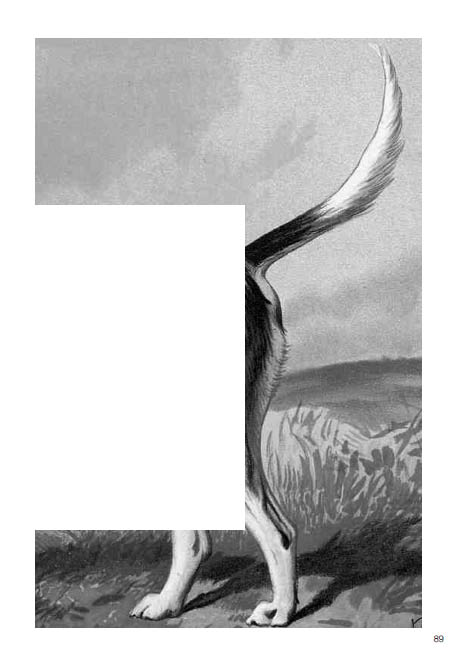
The body-text is created as body–less writing by mapping “tails” from different bodies of research—encounters with theoretical texts and arguments—that acknowledge the straying points of the “other” in the discourse of “everybody.” Read Full Text.
Hovhannisyan, Marianna. “Dog Ta(i)les.” Here Comes Everybody. London: Goldsmiths, University of London. 2014. Project publication.